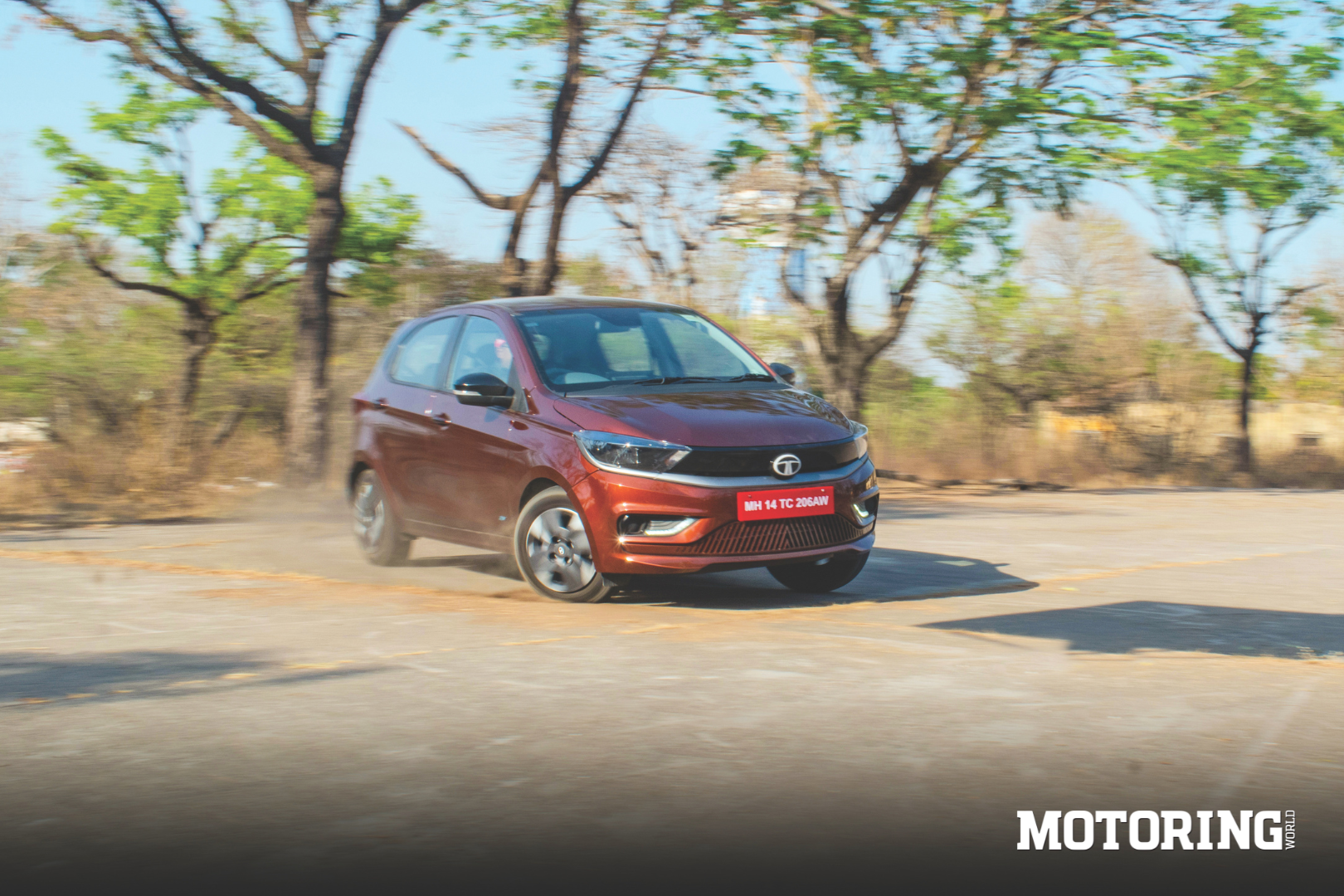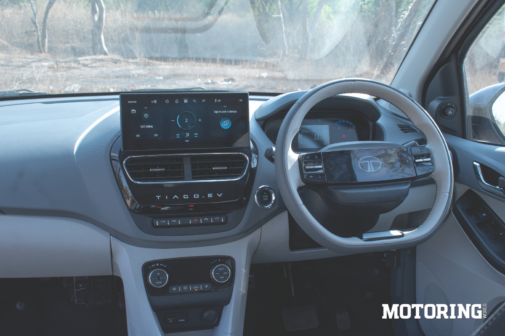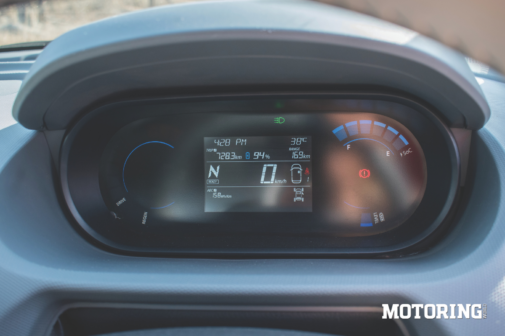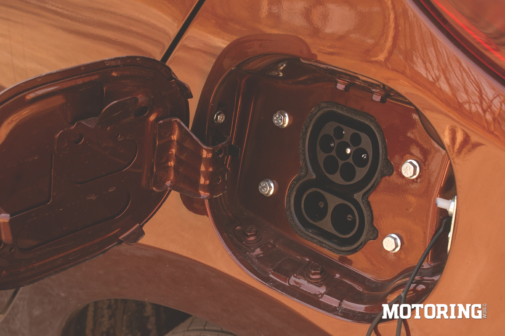Photographs by Ishaan Jaiswal
In the world of business, the mantra ‘the customer is always right’ has been something every brand worth its salt has adhered to. From global giants like Starbucks to homegrown successes like India’s burgeoning coffee chains, listening to customers has been key to building loyalty and driving growth. Tata Motors, with its electric vehicle (EV) roadmap in India, is no exception. It’s taken the company nearly five years to establish a dominant presence in the EV sector, and the journey hasn’t been without its challenges. However, it has consistently learned from its customers, and the 2025 Tata Tiago. ev is an example of this, showing how the brand has taken feedback and turned it into a polished and practical electric hatchback.
One of the important aspects of Tata Motors’ EV strategy is its use of trickle-down economics. This approach — where technology and features from flagship models make their way into more affordable vehicles – has paid off handsomely for the brand, and the Tiago.ev is a prime example. It now has features and refinements that were once reserved for its larger siblings, and this democratisation of technology has made the Tiago.ev a solid choice in the compact EV segment.
At first glance, the car looks very similar to its predecessor, but with a few subtle updates. It’s now available in brighter colours, adding a touch of personality to its compact frame. While the exterior changes are minimal, they are effective in keeping the car visually appealing without straying too far from its practical roots.
The real transformation, however, lies inside the cabin. The car now has a larger 10.25-inch touchscreen infotainment system, borrowed from its more premium siblings. This screen dominates the dashboard, offering a crisp and vibrant display that elevates the interior’s overall feel. The infotainment system supports wireless Apple CarPlay and Android Auto, a feature that’s becoming increasingly essential in today’s connected world.
The positioning of the screen has also been improved. In the previous model, it sat lower on the dashboard, requiring drivers to glance downward. In the new car, the screen is positioned higher and closer to the driver’s line of sight, making it easier and safer to use while driving. The interior also has a dual-tone finish, with more premium materials and a piano black accent on the dashboard; this is the only real downside, because these surfaces attract dust and fingerprints. While the rest of the cabin layout remains unchanged, these updates give the car a more upmarket feel. The car’s sound system is another highlight, offering excellent audio quality, with clear and immersive sound.
One of this EV’s strongest selling points has always been its practicality, and the 2025 model continues to deliver. Despite its compact footprint, the car offers a spacious cabin, with ample headroom and legroom for both front and rear passengers. The seats are well-cushioned and supportive, making long drives possible without too many complaints from passengers.
The Tiago.ev offers two battery options: a 19.2 kWh pack and a larger 24 kWh pack. The smaller battery produces 60 bhp and 11.21 kgm of torque, while the larger one delivers 74 bhp and 11.62 kgm of torque. The long-range variant boasts a claimed range of 293 km on a single charge, with real-world testing yielding around 230 km — more than sufficient for daily city commutes. You can play around with the different re-gen settings and extract a bit more range from the battery pack, but summer has begun and we had the AC on full blast, so that did eat into our overall range. Charging times have also improved significantly. The car can be charged from 0 to 80 per cent in 58 minutes using a DC fast charger, making it a practical option for those who need quick top-ups. For city driving, where most owners will charge their cars overnight, the cars range and charging capabilities are more than adequate.
This EV shines in city driving conditions. Its compact nature makes it easy to navigate through tight spaces and heavy traffic, and the instant torque from the electric motor ensures quick acceleration from a standstill. The car feels nimble and responsive, making it very pleasant to drive in urban environments. It also feels stable, and hard acceleration or braking does not unsettle it too much. One of the most noticeable improvements over the previous model is the level of refinement. Tata Motors has worked on reducing NVH levels, resulting in a quieter and more comfortable ride. The build quality also feels more solid, with fewer rattles.
When compared to its closest rival, the MG Comet, the Tiago.ev offers several advantages. It has a larger boot, more rear seat space, and an additional set of doors, making it a far more practical choice. While the Comet has its own cutesy appeal, the Tiago.ev’s combination of space, features, and driving dynamics makes it a more versatile option. While a larger battery pack (with a 300-400 km range) would be a welcome addition, it would push the car into a higher price bracket, potentially alienating its core audience. For city dwellers, the car’s current range and charging capabilities are more than sufficient, and it’s a compelling choice for anyone looking to make the switch to electric mobility.
AUTODATA
2025 TATA TIAGO.EVPOWERTRAIN
Battery:
Max Power:
Max Torque:
Range:
24 kWh
74 bhp
11.62 kgm
293 km
TYRES
F/R: 175 / 65 R14
DIMENSIONS
L/W/H (mm):
Wheelbase:
Ground Clearance:
Kerb Weight:
Fuel Capacity:
3769/1677/1536
2400 mm
166 mm
1150 kg
NA
PRICE
Rs. 11.14 LAKH (ex-showroom)





















